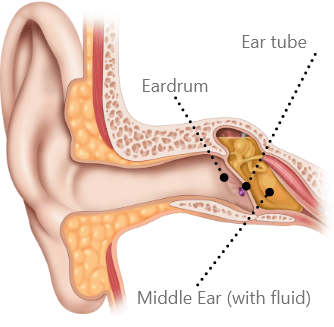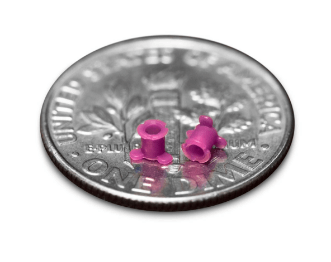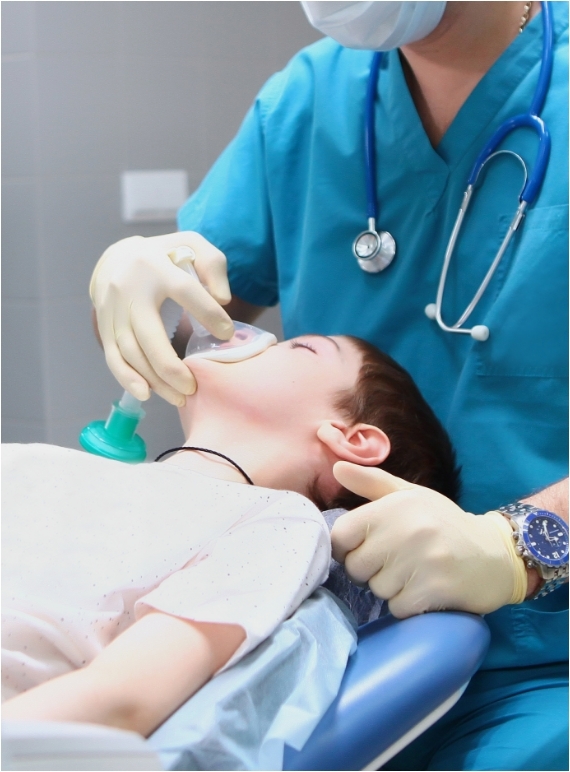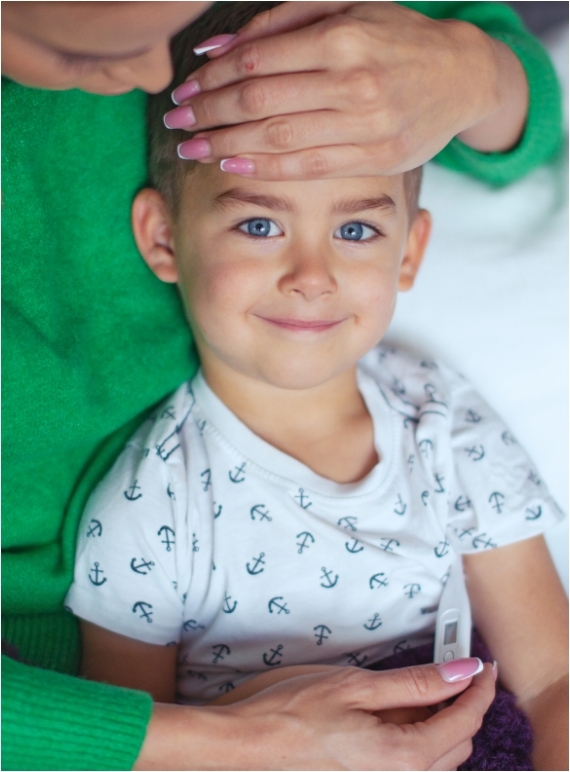What is ear tube surgery?

Children can get middle ear infections (otitis media) when they have a cold or other respiratory infection. Recurrent ear infections (recurrent acute otitis media) and/or persistent fluid in the middle ear (otitis media with effusion) may become a chronic problem leading to other issues such as hearing loss, poor school performance, or behavior and speech problems. When this occurs, ear tube surgery, which is an insertion of ear tubes by an ENT doctor, may be considered.1,2

During an ear tube procedure, your child’s ENT doctor will create a small hole in the eardrum (also called the tympanic membrane) to allow fluids to drain out and to permit air to enter the ear to help drainage and healing. This first step is also called a myringotomy. The ENT doctor will then place the ear tubes, which are tiny cylinders, through the eardrum hole to maintain the opening and allow air into the middle ear. Ear tubes may also be called tympanostomy tubes, myringotomy tubes, ventilation tubes, or Pressure Equalization (PE) tubes.3,4
Ear tubes may reduce the risk of future ear infection, restore hearing loss caused by fluid in the ear, improve speech and balance problems, and improve behavior problems related to ear infections.5
Overview of ear tube procedures
- In the Operating Room (OR)
- In the Doctor’s Office (Tula)
2-3hours at the facility6
Traditionally, ear tube procedures take place in an operating room at a hospital or ambulatory surgery center while your child is under general anesthesia. After the surgical team has inserted the tubes, you are reunited with your child in the recovery area.3,4,7

- Your child should fast before the procedure.8
- Child goes into operating room. Parent goes into the waiting room.
- Child is put under general anesthesia, then ear tubes are inserted.9
- Child wakes up and is typically able to go home within a few hours.10

35minutes11
With the Tula System, special earplugs are used to push numbing drug solution into your child’s eardrum and ear tubes are inserted using a special Tula device. You can stay with your child during the entire procedure which typically lasts about 35 minutes.11,12

- You are with your child in the procedure room.
- Child wears special earplugs and plays quietly while the numbing drug solution works.
- Child’s head is stabilized, and ear tubes are inserted.
- Parent and child leave right after the procedure.

Compare ear tube placement in the operating room vs. in the office with Tula

|

|
|
|---|---|---|
|
OPERATING ROOM
|
|
|
|
DOCTOR’S OFFICE WITH TULA
|
|
|
;)

